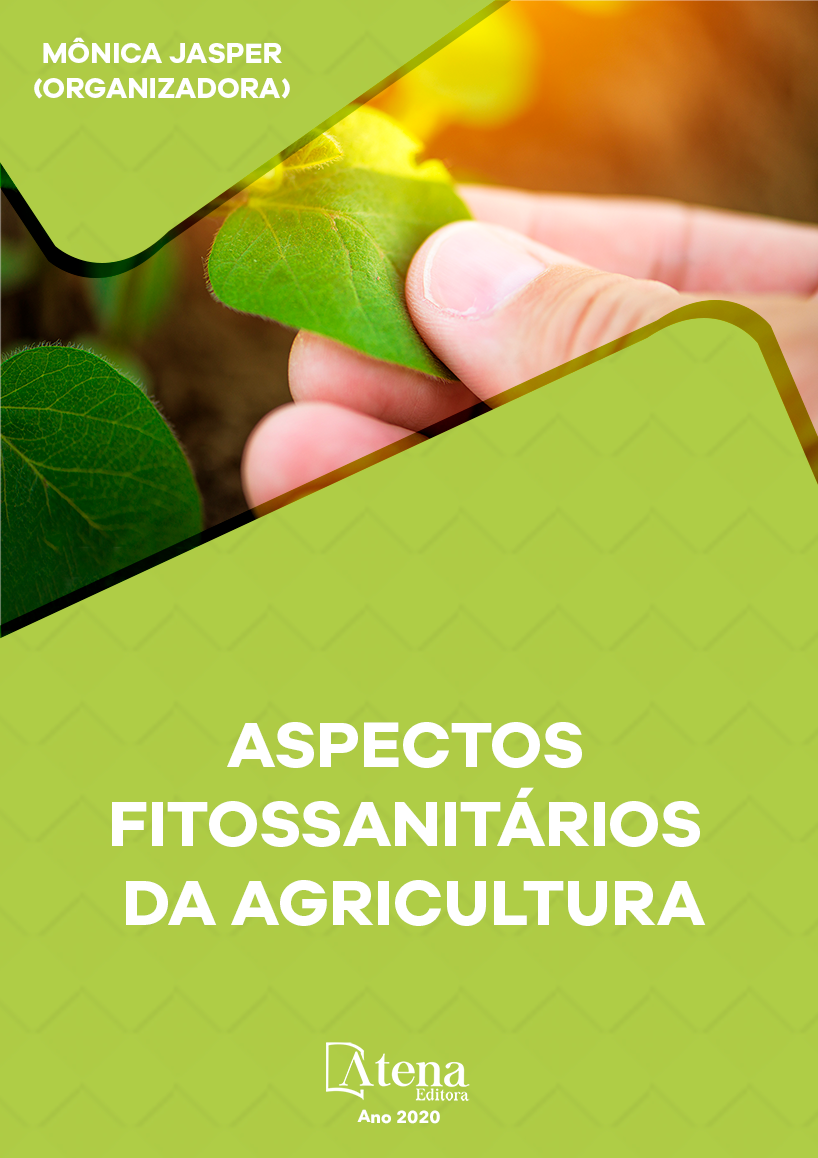
INFLUÊNCIA DE DIFERENTES SUBSTRATOS NA EFICIÊNCIA NUTRICIONAL DE MICRONUTRIENTES POR MUDAS DE CEDRO DOCE
Grande parte do sucesso de
reflorestamentos florestais e/ou recuperação
de áreas degradadas depende de um maior
conhecimento sobre aspectos nutricionais e do
comportamento desta em resposta as condições
químicas do solo. De forma a subsidiar
informações ao setor de nutrição florestal,
realizou-se este trabalho, com objetivo específico
de determinar a eficiência de absorção e uso de
micronutrientes por mudas de cedro doce em
função dos materiais utilizados para compor
os substratos empregados para o cultivo das
plantas. O delineamento experimental adotado
foi o inteiramente casualizado, com quatro
repetições de 10 plantas. Os tratamentos foram
compostos por: areia (A); solo (S); solo + areia
(1:1) (A+S) e areia + solo + casca de ouriço da
castanha do Brasil triturada (1:1:1) (A+S+COT).
O experimento foi conduzido em viveiro de
mudas com 50% de sombreamento e as
plantas foram cultivadas em sacolas de plástico
com capacidade de 2 litros. Aos 60 dias após
o desbaste de plântulas, foram mensuradas as
características de crescimento e determinado
o conteúdo dos micronutrientes nos diferentes
órgãos da planta. De posse destes dados
calculou-se os índices: eficiência de absorção e
uso dos micronutrientes. Constatou-se variação
estatística significativa entre as plantas
cultivadas nos diferentes substratos para as
características de crescimento avaliadas, bem
como sobre a eficiência de absorção e uso
de micronutrientes. O substrato composto por
100% A induz maior EA e menor crescimento,
enquanto o composto por A+S+COT propicia
superioridade a EU dos micronutrientes e
maior crescimento as plantas de cedro doce. A
ordem de EA de cada micronutriente é contrária
a ordem de EU. A correlação entre a EU de
Boro e todas as características de crescimento
avaliadas em plantas de cedro doce é positiva
e significativa.
INFLUÊNCIA DE DIFERENTES SUBSTRATOS NA EFICIÊNCIA NUTRICIONAL DE MICRONUTRIENTES POR MUDAS DE CEDRO DOCE
-
DOI: 10.22533/at.ed.40920130310
-
Palavras-chave: espécie florestal nativa; nutrição mineral; produção de mudas
-
Keywords: native forest species; mineral nutrition; plants production
-
Abstract:
The most success of forest afforestation and / or restoration of degraded
areas depends on a better understanding of nutritional aspects and their behavior in
response to soil chemical conditions. In order to subsidize information to the forest
nutrition sector, this work aimed to determine the absorption efficiency and use
of micronutrients by sweet cedar seedlings as a function of the materials used to
compose the substrates used for the cultivation of plants. The experimental design was
completely randomized, with four replications of 10 plants. The treatments consisted
of: sand (Sd); soil (S); soil + sand (1: 1) (Sd + S) and sand + soil + bark of crushed
Brazil nuts (1: 1: 1) (Sd + S + BCBn). The experiment was conducted in a seedling
nursery with 50% shading and the plants were grown in plastic bags with capacity
of 2 liters. At 60 days after thinning, the growth characteristics were measured and
the micronutrient content in the different organs of the plant was determined. With
these data, the indices were calculated: absorption efficiency (AE) and use (UE) of
micronutrients. Significant statistical variation was observed between the plants
cultivated in the different substrates for the evaluated growth characteristics, as well
as the absorption efficiency and use of micronutrients. The substrate composed by
100% Sd induces higher AE and lower growth, while the composite Sd + S + BCBn
provides superiority to micronutrients UE and higher growth in sweet cedar plants. The
AE order of each micronutrient is contrary to the UE order. The correlation between
Boron UE and all growth characteristics evaluated in sweet cedar plants is positive and
significant.
-
Número de páginas: 15
- Oscar José Smiderle
- Aline das Graças Souza
- Renata Diane Menegatti


